Loading...
Loading...
Loading...

5 months ago
254
The Power of Connection: Why Joining an Online Community Matters
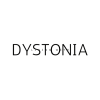
Admin

5 months ago
468
What is a Movement Disorder Specialist?

Admin

5 months ago
496
Parenting a Child with Dystonia: Strength, Support, and Unconditional...

Admin
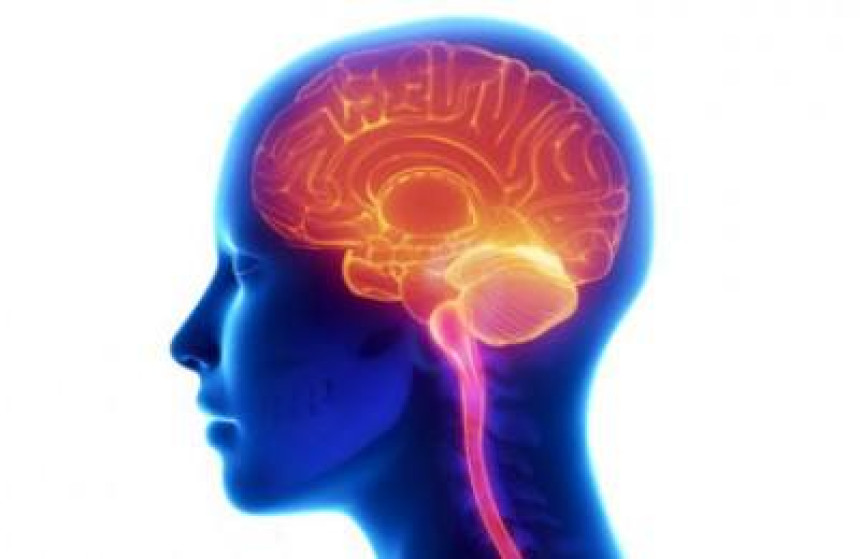
5 months ago
110
What are the types of Dystonia?

Admin

5 months ago
117
What is Dystonia?

Admin
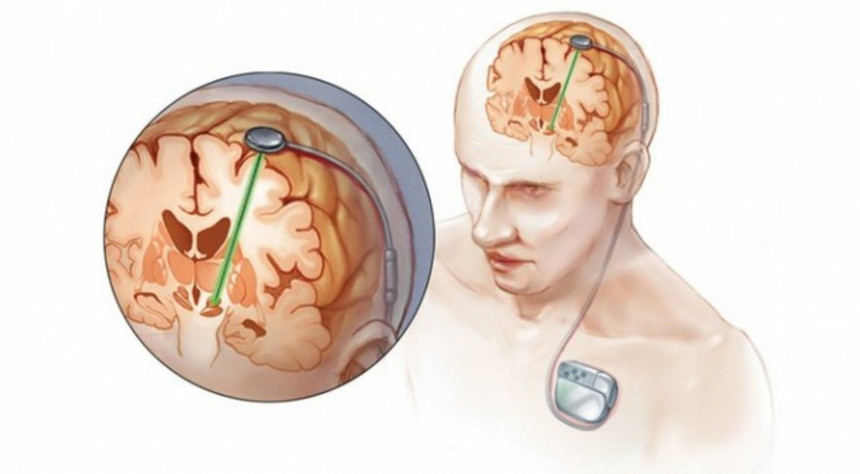
5 months ago
147
Deep Brain Stimulation (DBS) & Its Role in Dystonia

Admin
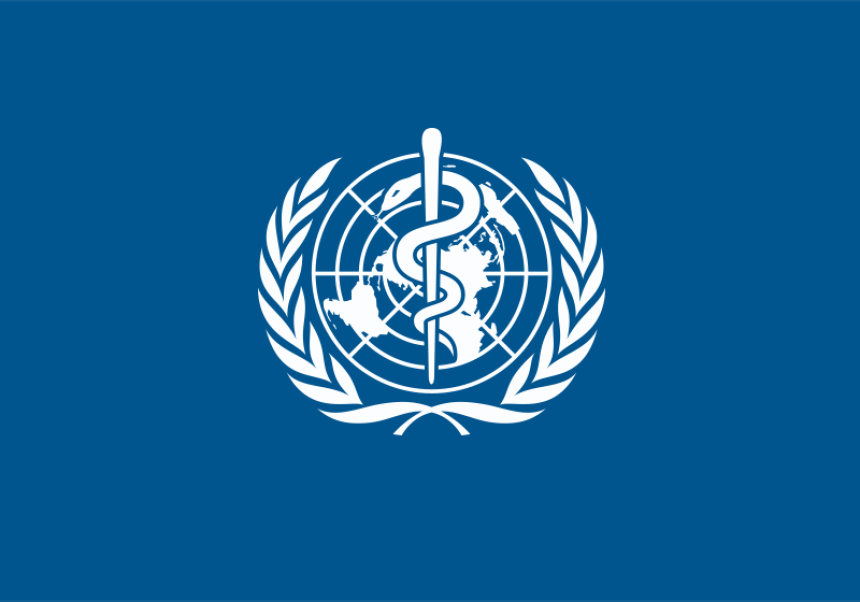
5 months ago
111
U.S. Announces Withdrawal from World Health Organization, Effective Ja...

Admin
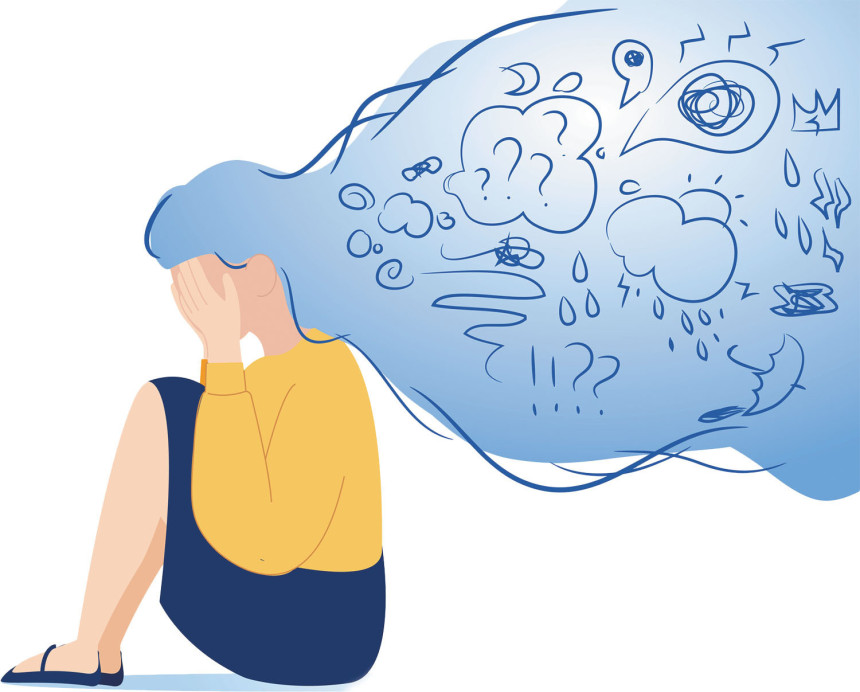
5 months ago
352
Conquering Anxiety: Practical Strategies for a Calmer Mind

Admin

5 months ago
136
Is there a Cure for Dystonia?

Admin
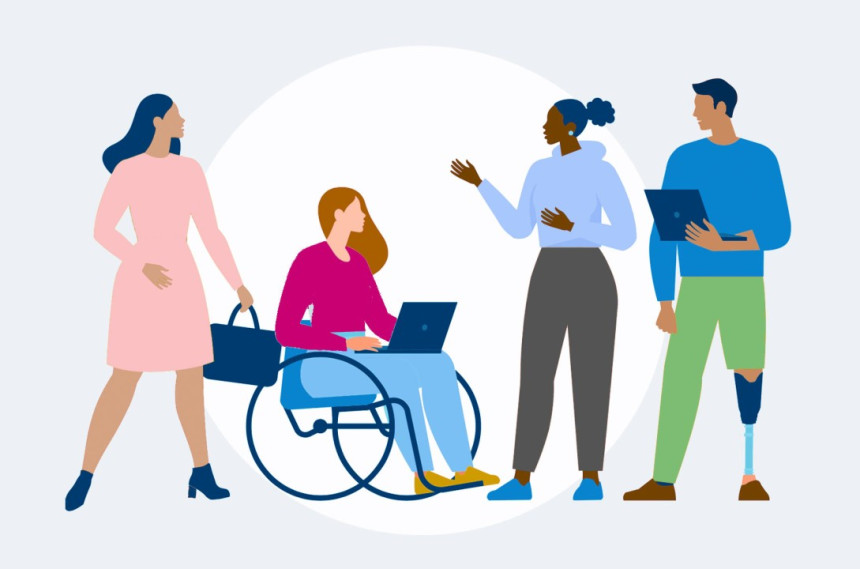
5 months ago
111
Is Dystonia a Disability?

Admin
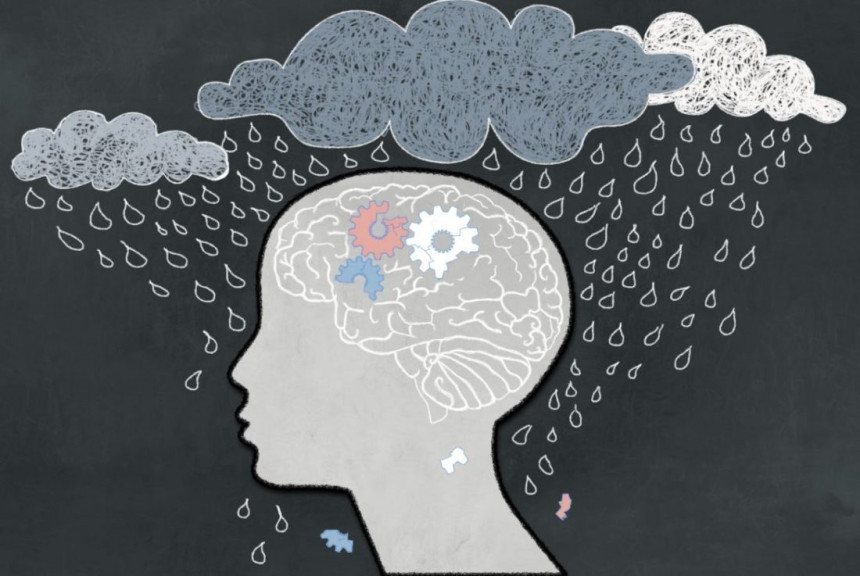
5 months ago
127
Overcoming Depression: A Guide to Regaining Hope and Happiness

Admin

5 months ago
168
Navigating Your Dystonia Diagnosis: First Steps Toward Understanding a...

Admin